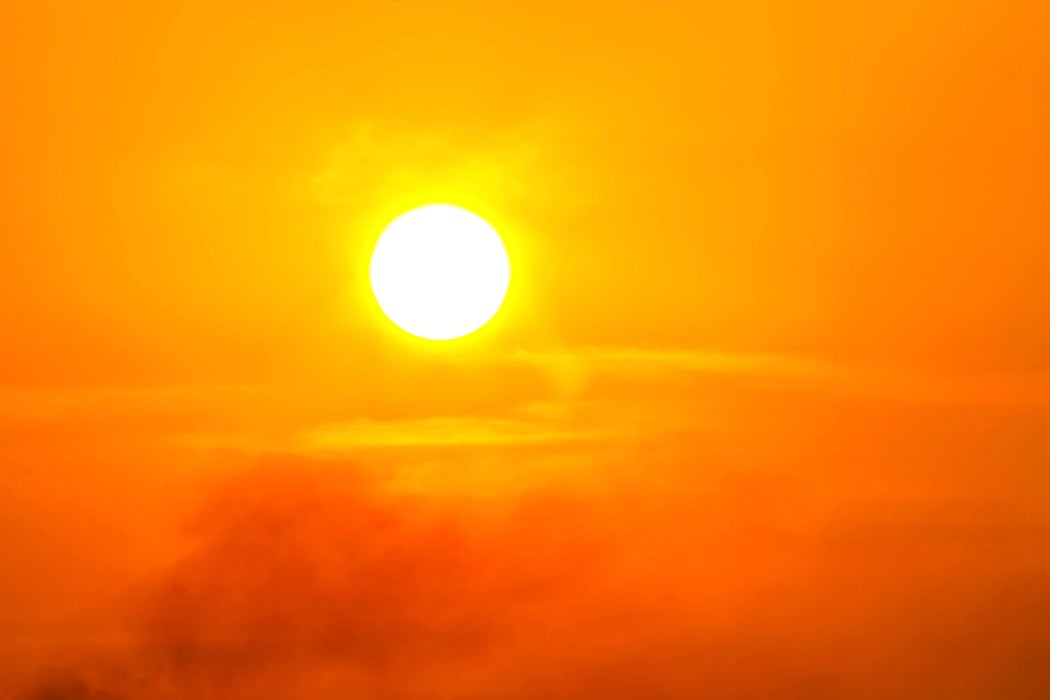The Pacific Northwest’s historically unprecedented heat wave was so intense that an estimated billion seaside animals boiled to death. That was in addition to the hundreds of human fatalities, the town-destroying fires, and the infrastructure breakdowns, like the melted utility lines and buckled roads whose images flashed through social media.
Deadly, destructive heat waves are becoming the new normal of our anthropogenically heating planet. After a few more of these, however, they’ll no longer be unprecedented. They’ll be expected: another record, another milestone, of temperature, humidity, duration, and destruction.
Animals, including the two-legged kind reading this, can suffer tremendously from such heat waves. After a hundred thousand or so years of being in the sweet spot, climate-wise, humans are discovering that heat is now a “natural disaster”—a phrase worth putting in quotes because it isn’t an “act of God,” but the direct result of the way we live our lives.
So when we talk about a heat wave, shouldn’t we all be on the same page? We may know one when we experience one—don’t exert yourself, stay hydrated, and so forth—but what is a heat wave, exactly, scientifically?
Climate scientists Bradfield Lyon and Anthony G. Barnston argue that defining a heat wave is harder than it seems: “At first glance, the physical characteristics of heat waves would seem to be self-evident: extreme daily air temperature anomalies that exceed specified magnitude and duration criteria. These definitional criteria, however, are subjective.”
Should a heat wave be measured by the maximum, minimum, or mean daily temperature? “Heat wave statistics derived from different temperature indicators may well lead to different conclusions” when it comes to the impact analysis of heat waves. The maximum temperatures are what gets reported—that’s the stuff that grabs attention and draws consumers to media. But overnight lows are also vitally important: lack of a nighttime cool-down can have major consequences on heat-stressed systems, including, of course, human bodies.
What about the amount of atmospheric moisture? It’s not the heat, goes the apt cliché, it’s the humidity, but does that mean specific humidity or relative humidity? Lyon and Barnston use both humidity measures. Atmospheric physics tells us that a hotter atmosphere holds more moisture, another of the interconnected feedbacks of climate.
Analyzing data from the period between 1979 and 2014, Lyon and Barnston aimed to provide “a baseline to compare with results from model simulations and projections.”
Weekly Newsletter
One of their big takeaways: “substantial variations in heat wave behavior can occur in any geographic location.” Two Chicago heat waves are compared: the short-lived but intense 1995 event, which resulted in more than 700 heat-related deaths, and a much longer 2012 event. The 2012 heat wave was just one degree Fahrenheit less than the 1995 high, but because it was comparably dryer, it wasn’t nearly as destructive.
Lyon and Barnston do not factor in the the social aspects of heat waves. This is where the temperature-and-humidity one-two punch meets the power grid, worn-out infrastructure, and economic disparities. Heat waves, it turns out, are also deadly political disasters.
Support JSTOR Daily! Join our new membership program on Patreon today.







